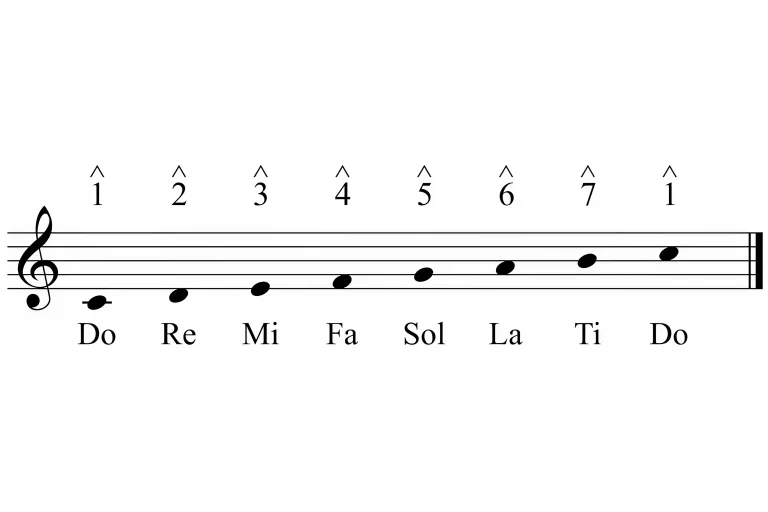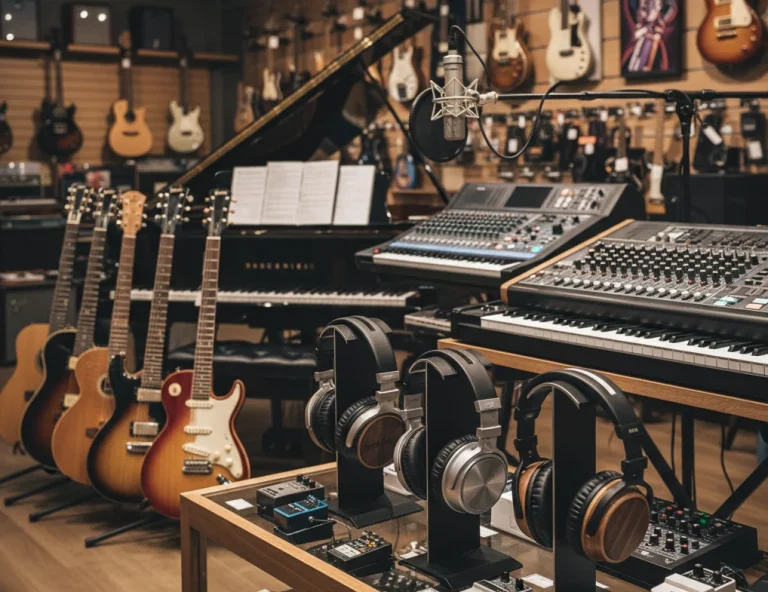All Topics
- Alchemizing Music Concepts for Students
- Artist Spotlight
- artium gift card
- Artium Maestros
- Artium News
- buying guide
- Carnatic Music
- Devotional Music
- Editorials by Ananth Vaidyanathan
- Film Music
- Guitar
- Hindustani Classical Music
- Indian Classical Music
- Indian Folk Music
- Insights
- Instruments
- Karaoke Singing
- Keyboard
- Kids Music
- maestros
- Music Education
- Music for Kids
- Music Industry
- Music Instruments
- Music Legends
- Music Theory
- Music Therapy
- Piano
- piano guide
- Success Stories
- Tamil Film Music
- Telugu Film Music
- Time Theory
- Tools
- Uncategorized
- Vocal Singing
- Vocals
- western classical music
- western music
- Western vocal music
Music Education, Western vocal music
Music Lessons: What Is Musical Notation?
Music Lessons: What Is Musical Notation?

Table of Contents
Have you ever wondered how musicians are able to read sheet music and play it flawlessly? Well, the answer lies in the musical notations, a language that is used by musicians to communicate and play music accurately. From the basic symbols used to represent different notes to the complex time signatures used to denote the rhythm of a piece, musical notation is a vital aspect of any musician’s skill set.
Here let’s take a closer look at the different types of notes in music and time signatures, and how they are used in musical notation to create beautiful music. Whether you’re a beginner or an experienced musician, understanding musical notation is an essential skill that can take your music to the next level.
What is Musical Notation?
Musical notation is a system of symbols and marks that show musicians how to play a work, according to music theory. The fundamental components of musical sounds are loudness, duration, and pitch. The frequency component of sound waves is referred to as pitch. For instance, a higher pitch corresponds to a greater sound wave frequency. Duration determines the sound’s speed and rhythm. The most well-known aspect of musical sound, volume, refers to the strength of the sound.
Music notation, also known as musical notation, is to give standardized musical symbols to these fundamental components so that even those who have never heard music before may duplicate it and perform it.
How Did Musical Notation Originate?
The first known instance of music notation is from Mesopotamia. Mesopotamian music employed diatonic scales and harmonies in thirds, idioms that are still in use today over 3,000 years later, according to clay tablets from 1400 B.C.
A new system of notation became widely used as the Roman Empire gave way to the Byzantine Empire. Solfege, according to musicologists, is said to have started at this time. Do re mi fa so la ti do is a common way to articulate a major scale. Solfege is the method of allocating syllables to specific notes or scale degrees. Even though they didn’t adopt this identical method, the Byzantines started its early stages.
What Are the Types of Musical Notation?
Most musical notation falls into one of five categories.
- Standard notation on musical staves
The most typical type of music notation, particularly in classical music, is this. It’s quite similar to the process employed by Baroque composers.
To understand the other varieties of music notation easily, they have all simply evolved from one type of standard notation.
- Guitar tablature
A tablature, or tabs as it is often known, concentrates on instrument fingering rather than musical notes. In other words, it instructs you on where to push or pull the strings of a bass guitar, lute, guitar, and more. It is much easier to understand and that’s why many guitarists prefer it for being time-saving when compared to other more complex notation styles. The music-making process is ultimately sped up and matched to the rocker’s brisk musical style.
- Lead Sheets
Jazz musicians like lead sheets and a lot of pop and rock musicians do too. Five-line musical staves are also a part of this style of music notation.
The melody is written on those five lines of the lead sheets, which is the sole distinction in this case. Moreover, a notation based on letters and numbers is used to describe the chords. While some rock guitarists prefer to utilize lead sheets, the majority prefer guitar tablature.
- Graphic notation
Another kind of music writing that starts with the conventional 5-line notation is graphic notation. As the name suggests, it combines conventional notation with graphics, a style popular among avant-garde composers of the twentieth century.
The use of visual notation by many composers is due to its ease of understanding. It doesn’t call for a deep understanding of the many symbols used in conventional musical notation.
Also, because graphic notation has no restrictions, it is simpler to write down. It progresses to the full extent of the composer’s vision.
- Bar-based MIDI notation
Last but not least, the MIDI notation that appears on computer screens is bar-based. This style of notation was developed using music composition software to streamline the creation of digital music.
MIDI notation is mostly used by film composers who need to arrange large musical scores.
While each has its own history, conventional staff-based notation is the most intricate. Among many other things, this notation has noteheads, bar lines, time signatures, clefs, key signatures, and dynamics.
What Is Time Signature and What Are Its Types?
In music notation, time signatures are indicators of two things:
- The duration of each beat in a measure of music
- The number of beats in each measure
For instance, the time signature 3/4 suggests that each measure has three beats. Moreover, it shows that each beat lasts for one-quarter notes.
Understanding time signatures are crucial while learning to read music in order to comprehend musical notation and the rhythm of a piece of sheet music. The number of beats in each measure of a piece of music and the note value that counts are both specified by the time signature, often known as the meter signature.
Here are some of the common time signatures-
1. 2/4: Two quarter-note beats per measure
2. 3/4: Three quarter-note beats per measure
3. 4/4: Four quarter-note beats per measure. Also known as common time and notated with a “C.”
4. 2/2: Two half-note beats per measure. Also known as cut time is notated as a “C” with a vertical slash through it
5. 6/8: Six eighth-note beats per measure
6. 9/8: Nine eighth-note beats per measure
7. 12/8: Twelve eighth-note beats per measure
The downbeat is the initial note in each bar or measure. There are strong and weak beats in every measure. The first beat of each measure is the strongest beat in a time signature like 4/4, while the third beat is likewise a powerful beat. The second and fourth beats are faint.
Conclusion
Musical notation is an essential aspect of music that allows musicians to communicate and reproduce music accurately. By understanding the different types of musical notes and time signatures, musicians can create beautiful music that is true to the composer’s intent.
If you want to learn more about musical notation then at Artium Academy we have various singing lessons. Our online voice lessons have various benefits like 1:1 live sessions, a practice studio with digital tools, goal-based progress ladder, and much more. So book a free trial and start with music lessons online.






